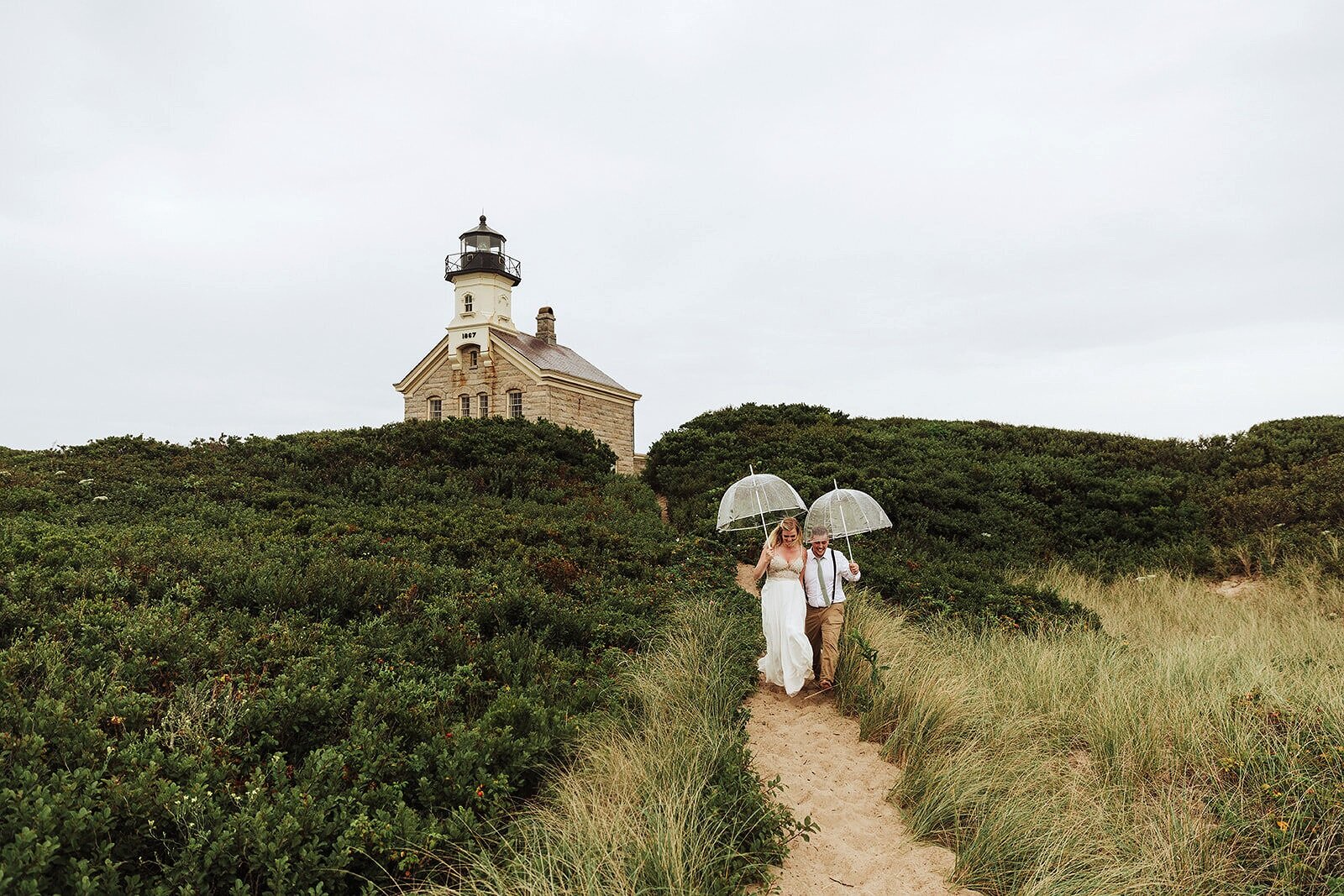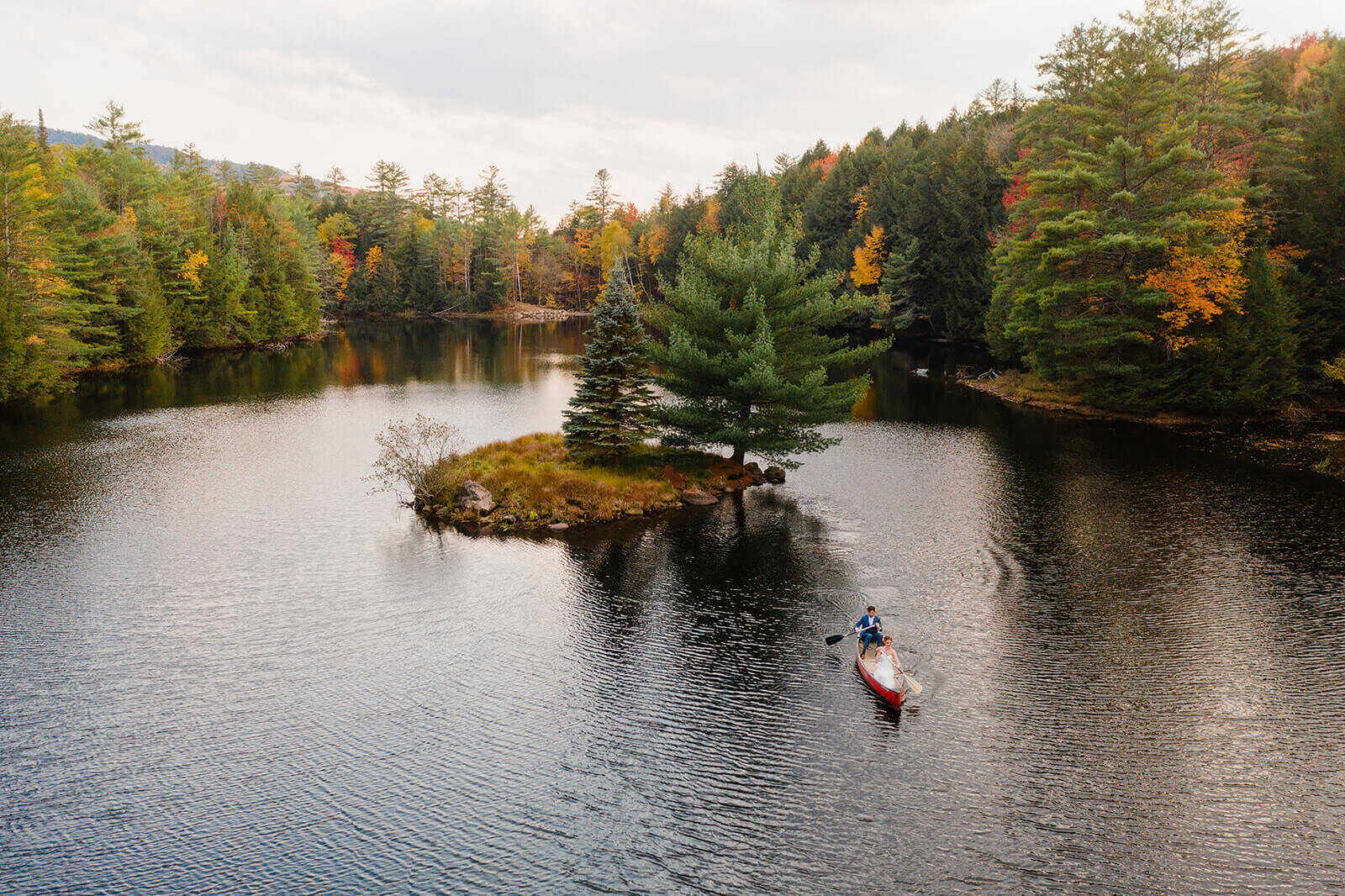How to Leave No Trace During Your Elopement
SWELL & STONE / OUTDOOR WEDDING & ELOPEMENT PHOTOGRAPHER / United States & Beyond
Eloping in the wilderness can be an incredible experience for couples looking to escape the traditional wedding and embrace the natural world. However, with the desire to keep the environment pristine and untouched, couples need to be mindful of the impact they may have on the surroundings. From choosing the right bouquet to picking a location, this guide will help couples plan a Leave No Trace (LNT) elopement that respects the environment.
Leave No Trace Bouquets
Flowers are a popular accessory for weddings, but traditional bouquets can leave a lasting impact on the wilderness. The good news is that there are many LNT alternatives to traditional bouquets that couples can consider.
One option is to use native flowers and plants in the area where the elopement will take place. This not only supports local ecosystems but also adds an authentic touch to the ceremony. Native flowers and plants are often hardier and more resilient than imported species, which means they will continue to thrive in their natural environment.
Another option is to use silk or fabric flowers. These are a great alternative to fresh flowers and can be reused for future celebrations. There are many talented artists and Etsy shops that specialize in creating beautiful, high-quality silk bouquets.
If you do opt for fresh flowers, choose flowers that are in season and locally grown. This not only reduces the environmental impact of transportation but also supports local farmers and florists.
Choosing a Location
Choosing the right location for a wilderness elopement is crucial for minimizing the impact on the environment. When selecting a location, consider areas that are already heavily used, such as campsites or trails. These areas have already been impacted by humans and may be better equipped to handle the additional foot traffic.
It's also important to consider the time of year when planning an elopement. Avoid peak tourist season and busy weekends to reduce the impact on the environment and ensure a more peaceful experience. Additionally, be sure to check with local land management agencies to obtain any necessary permits or restrictions for the area you plan to visit.
Leave No Trace Decorations
While decorations may not be a top priority for couples planning a wilderness elopement, they can add a special touch to the ceremony. When choosing decorations, be sure to select items that are reusable and won't leave a lasting impact on the environment.
One option is to use natural elements, such as pinecones, rocks, and branches, to create a rustic and organic feel. These items can be easily found on-site and returned to nature after the ceremony.
Another option is to use items that can be repurposed or reused after the elopement. For example, lanterns, candles, and string lights can be used to create a romantic atmosphere and then reused for future outdoor events.
Food and Beverage Choices
Food and beverages are an important part of any wedding celebration, but they can also create a significant amount of waste. When planning a wilderness elopement, consider choosing foods and beverages that are packaged in recyclable or compostable materials.
For example, opt for bulk items that can be purchased in reusable containers or choose snacks that come in biodegradable packaging. Additionally, avoid single-use plastics and bring reusable utensils, plates, and cups.
When it comes to beverages, consider bringing a water filter or purifier to refill reusable water bottles. Avoid purchasing bottled water, as plastic bottles can take hundreds of years to decompose in the environment.
Leave No Trace Transportation
Finally, consider the impact of transportation when planning a wilderness elopement. Depending on the location, it may be necessary to drive or fly to reach the destination. If possible, opt for carpooling or public transportation to reduce the carbon footprint of the trip.
Once at the location
Once at the location, consider using non-motorized transportation options, such as bicycles or hiking. This not only reduces the environmental impact but also allows for a more immersive and enjoyable experience of the natural surroundings.
It's also important to stay on designated trails and avoid creating new paths or disturbing the natural vegetation. Stick to established campsites and avoid camping near water sources to prevent pollution and damage to sensitive ecosystems.
A wilderness elopement can be a magical and unforgettable experience for couples who want to celebrate their love in the great outdoors. However, it's important to keep in mind the principles of Leave No Trace to minimize the impact on the environment and ensure that future generations can also enjoy these natural wonders.
By choosing LNT bouquets, decorations, food and beverage choices, and transportation options, couples can plan an elopement that is both eco-friendly and romantic. Whether you opt for native flowers, reusable decorations, or non-motorized transportation, small choices can make a big difference in preserving the wilderness and creating a meaningful experience for you and your partner.















